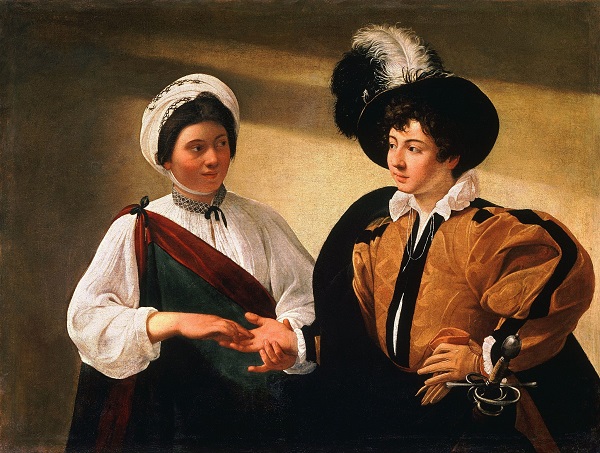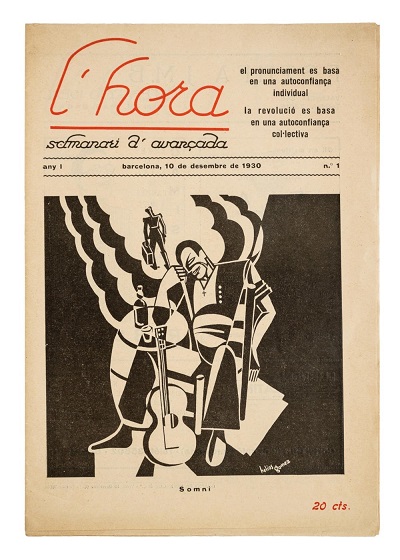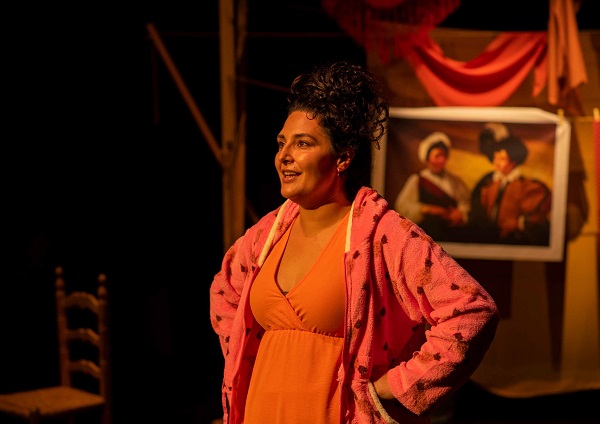
COUNTER-IMAGES OF THE ROMA. Opening lecture. Pastora Filigrana. 5:15–6 pm
Many of the stereotypes weighing on the Romani people today have been built and sustained through representations of the Roma in literature, plays, opera, painting, sculpture and—more recently—films. These representations of the Roma in art and literature have always fluctuated between fascination and fear, and have built a Romani image far from this people’s social reality. This mythification of the Roma has caused and continues to cause a great deal of ignorance of the reality of Romani lives, an ignorance which is both the cause and consequence of their discrimination and dehumanisation.
Therefore, the worlds of art and literature are indebted to Romani men and women after centuries of building stereotyped images of the Roma, which have had direct consequences on the fate of this people. Repairing this partly entails creating discourses and building images that are more aligned with the social reality of the Romani people today.
Credit: Michelangelo Merisi da Caravaggio, The Fortune Teller, 1595–1598. Louvre Museum.

DE-FOLKLORISING FLAMENCO, THAT IS, THE ROMA. Lecture. Pedro G. Romero. 6–7:15 pm
In a conversation with the Hungarian Rudolf Rostas, we reached a contradictory syllogism: ‘Flamenco and Gypsy are the same; Gypsy and Roma are the same; but Flamenco and Roma are quite different things’. A is equal to B, B is equal to C, but A and C are different—it defies all logic. So, it is necessary to offer a brief archaeology on why Flamenco has been burdened with the stigmas of the Roma. Although it’s also true, as Bobote says, that ‘of everything that is ours, of all our customs, they don’t kill us, they don’t hurt us because of flamenco’. It is important to pay attention to the materiality of this historical process. Sin is not the same as infraction or crime. And the Romani, being Romani, has ended up being filtered through this funnel. Just as it emancipates us, it ties us down. The construction of the Roma—both male and female—as political subjects necessarily requires frictions with Flamenco as their imaginary, as their very imagination. Vlaming, or ‘in the water’, ends up meaning ‘flaming’, or ‘in the fire’, just as Volk, or ‘people’, ends up being ‘folk’. Helios Gómez was right when he said—as a Flamenco practitioner—that some day the Roma will have to settle accounts with Flamenco, with flamenquismo.
Credit: Helios Gómez, Somni, cover of L’Hora. Setmanari d’avançada. Barcelona, 1931.

I’M NOT YOUR ROMANI WOMAN. Dramatised monologue. Silvia Agüero. A Teatro del Barrio production. 7:45–8:45 pm
(Almost) everything you’ve been told about Romani women is a lie.
I’m Not Your Romani Woman is not a monologue but a theatrical dialogue without the aim to deconstruct anyone. It’s over an hour of history, laughter, costume changes, singing, dancing and a few curses.
Making the audience laugh with the racism of absurd historical laws is the only goal so we can reach a common place where Romani women teach you how to keep the beat of tangos and we’re all just a little bit happier.
Artistic team:
- Performer: Silvia Agüero
- Playwrights: Silvia Agüero and Nüll García
- Diretor: Nüll García
- Actor work: Pamela Palenciano
- Consultor and translator: Nicolás Jiménez
- Set designer: Aylin Vera Ramos (Sawustudio)
- Lighting designer: Beatriz Franco
- Costume designer: Almudena Bautista
- Sound space: Pamela Palenciano
- Artistic producer: Ana Belén Santiago
- Executive producer: Lucía Rico
- Technical director: Antonio Sánchez
- Communications: Paloma Fidalgo
- Photography: Laura Ortega
- Promotional video: Mi moto alpina
- Poster design: Jacobo Gavira